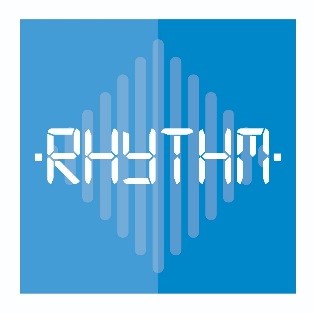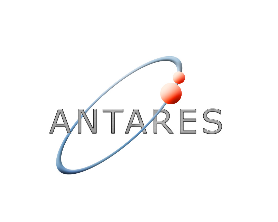
-
StatusCompleted
-
Status date2021-08-13
-
Activity Code6B.065
RHYTHM is a parallel complementary system to GNSS, to be used in several application as a back-up or alternative system to ensure efficient and independent synchronization of the whole network with accuracy better than 100ns. RHYTHM product is addressing the sector of radio and television broadcasting, mobile communications, scientific projects and in general, any professional user that needs to enhance robustness of its GNSS-based accurate synchronization system. The main target application is that of broadcasting networks, but also other promising applications are approached, such as 5G telecoms. The product allows to synchronize a network of User Terminals to a common ground clock, by means of a broadcasting geostationary satellite. The project objective is to industrialize the product and hence fill the gap to bring the system to the market as soon as possible. RHYTHM is synergetic to GALILEO in delivering accurate, robust time over European networks.
The role of the product is to enhance robustness of those networks that base their synchronization system only on GNSS signals. By providing an independent, accurate and reliable backup system, RHYTHM is synergetic to GALILEO in delivering accurate, robust time over European networks.
RHYTHM ensures service continuity in case of synchronization malfunctions, either due to interference (intentional or unintentional) or to deliberate GPS service interruption. In addition, RHYTHM facilitates the transition to Galileo as a primary source for synchronization, instead of GPS, thus reducing the customer’s dependability on non-European technology.
Each user terminal includes a RHYTHM receiver and a Galileo receiver, thus favouring the users’ adoption of Galileo reference as a primary source in the place of GPS.
An increased robustness of the synchronization system enhances the overall reliability of the service that the customers provide to the end user.
The product industrialized under the ARTES C&G program is used within the users’ infrastructure in order to synchronize all of the nodes composing a network. The system provides a synchronization signal (1PPS and an associated coherent 10MHz) generated with the contribution of several sources, including GNSS sources (e.g. Galileo and GPS) and an independent system that uses a geostationary satellite to disseminate reference time and frequency from a certified source (e.g. Metrological Institutes contributing to UTC).
One User Terminal of RHYTHM is installed at each user’s node of the network, and provides synchronization to that specific site. Each UT includes at least a RHYTHM receiver and a Galileo receiver, thus favoring the users’ adoption of Galileo reference as a primary source in the place of GPS. Galileo provides the primary synchronization source to the network, while RHYTHM acts as a backup and takes over seamlessly when any malfunction of the primary source occurs.
The product is designed to minimize the impact of its adoption in the existing users’ networks.
The system is made of a System Service, which includes at least one Master Control Station (MCS) and three Auxiliary Stations (AUXs) to generate and disseminate the synchronization signal, and a number of User Terminals (UTs). The MCS takes its reference clock (1PPS and an associated coherent 10MHz) from a certified ground source and disseminates it via satellite to the UTs, together with information on the exact position of the satellite and the MCS-Satellite propagation delay. The MCS and the set of AUXs are used to track the satellite with high accuracy so as to be able to provide its position to the whole UTs network. At local level, then, the UT receives the synchronization signal and corrects the propagation delay by knowing the exact distance of itself to the satellite. Since the satellite acts simply as a “mirror” to the synchronization signal, there are no constraints on the choice of the satellite to be used, provided that the whole UTs network is placed inside its footprint (e.g. any broadcasting satellite is suitable for the scope).
The project covers the product phase necessary to bring the User Terminals from demonstrator phase to market, i.e. its industrialization.
The activities have begun in Q2 2020 and are planned to end in Q1 2021.
After a design phase, based directly on requirements discussed with the final users, manufacturing is to follow. The project ends with a short validation campaign in collaboration with RAI-CRITS. The target is to bring the User Terminals to the market right at the end of the project.
The project is in operational phase. The User Terminals are undergoing industrialization.




